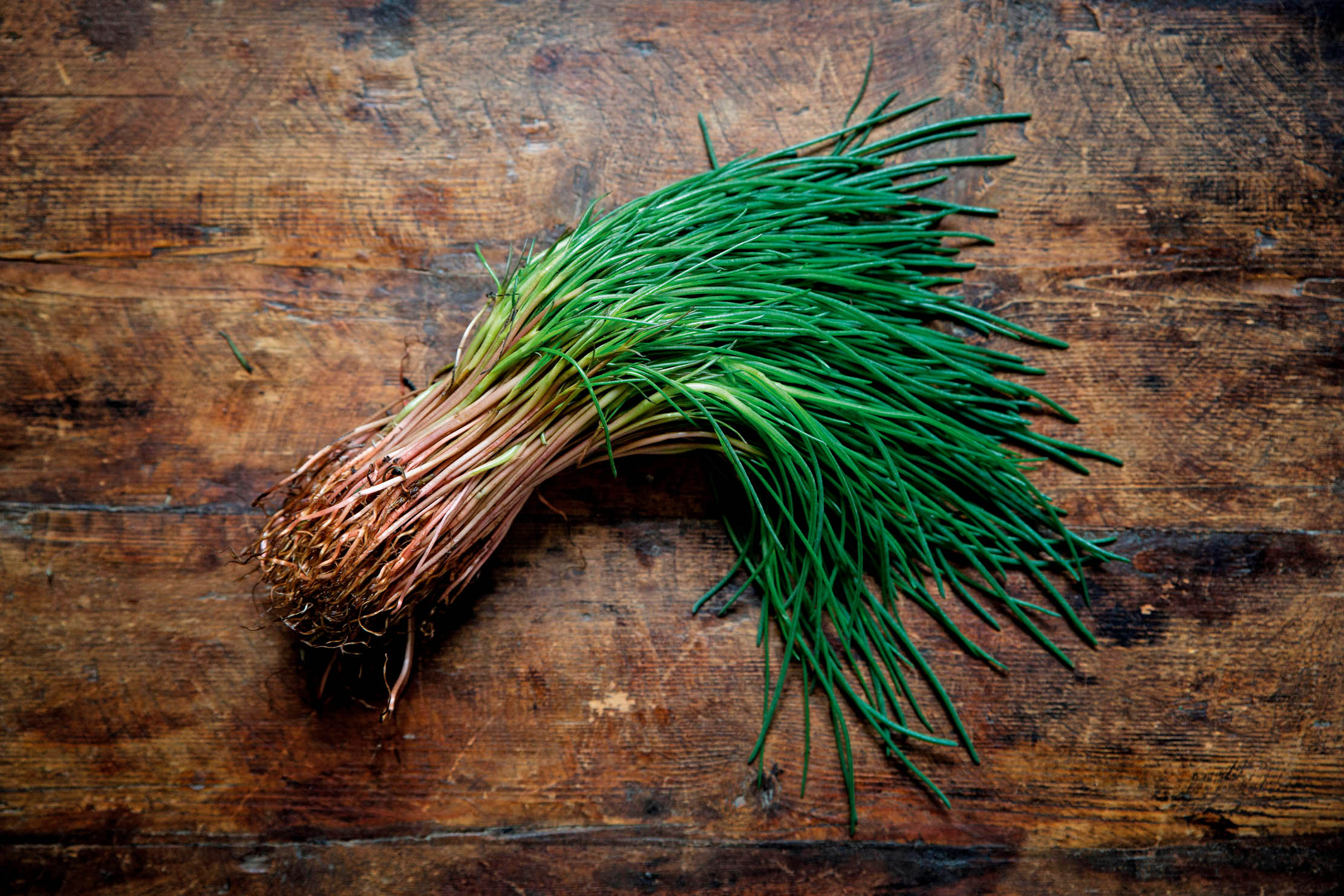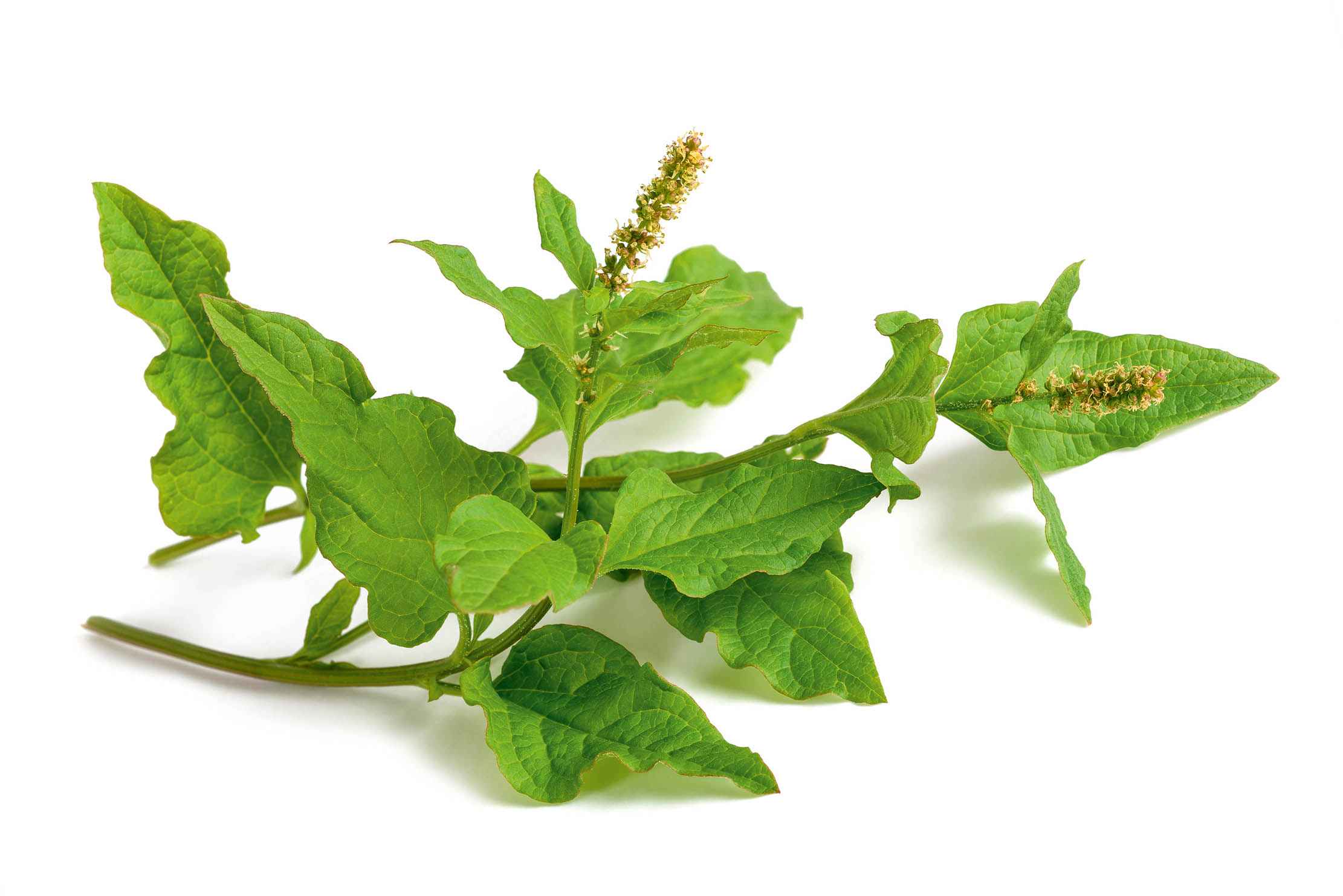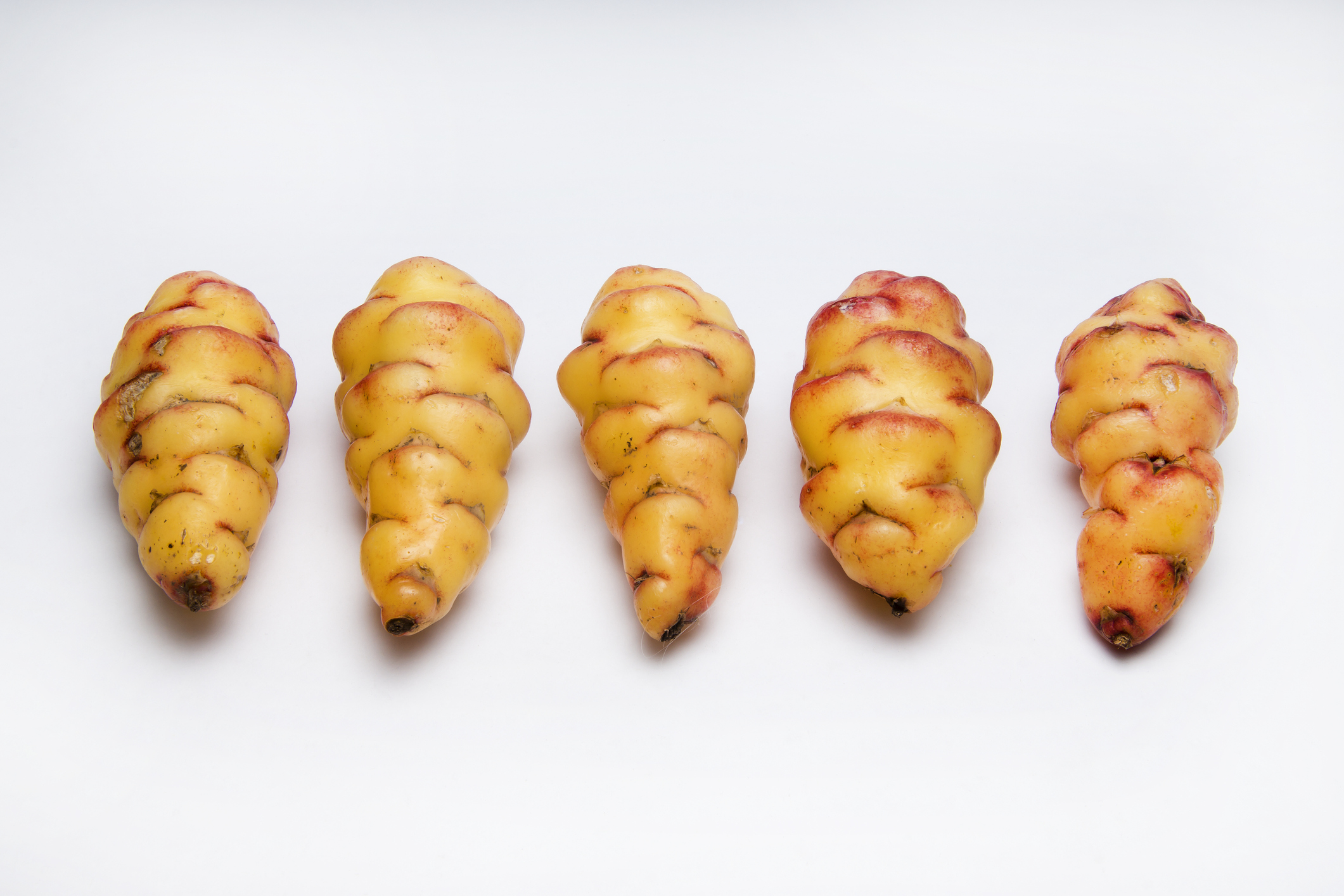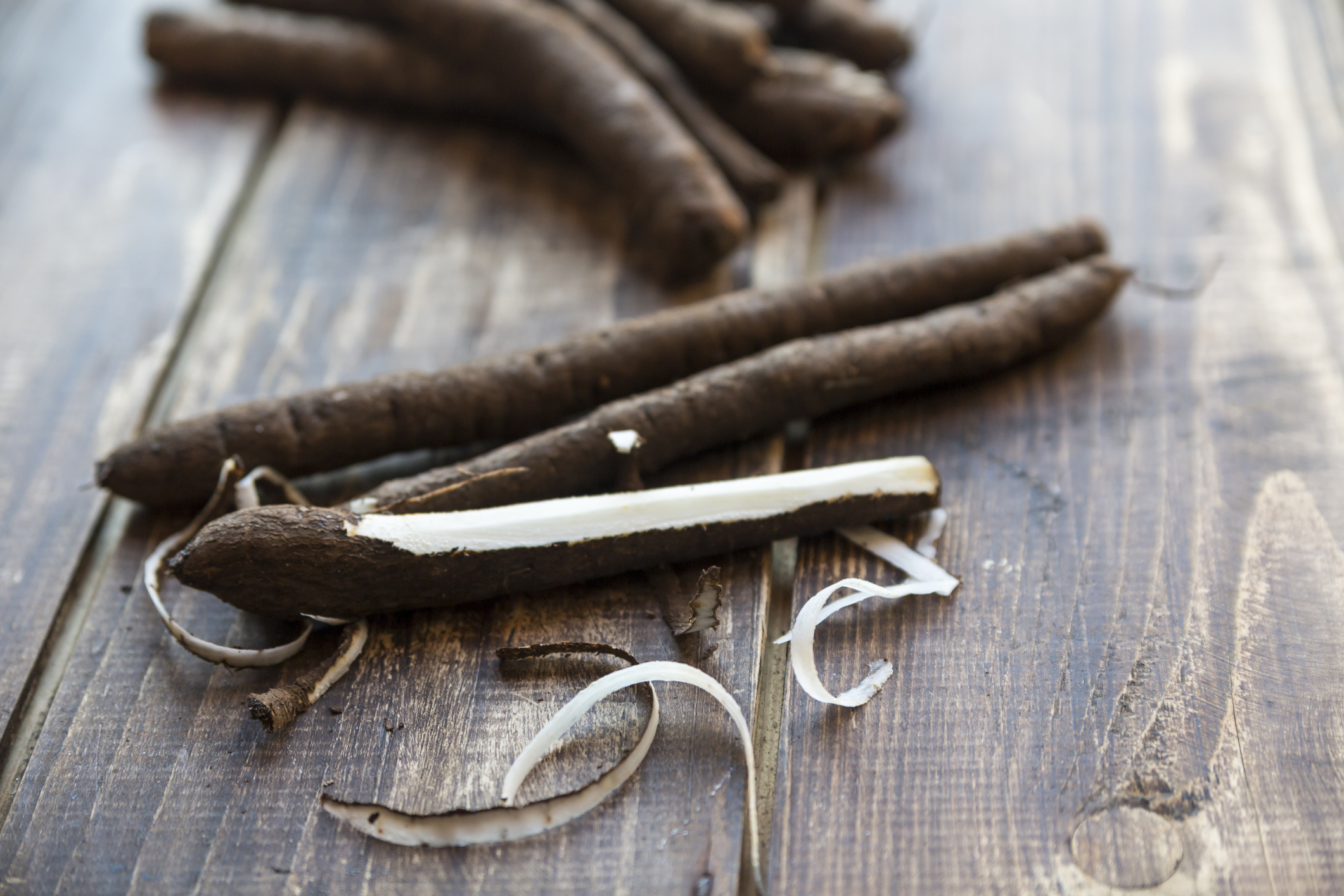Six weird and wonderful vegetables you should be growing in your garden
Whether you are looking for new flavours to tickle your tastebuds or something different to grow in your garden, little beats obscure — and sometimes strange-looking — vegetables, says Mark Diacono.


One of the pleasures of growing some of your own food is getting beyond the supermarket shelves and inviting a new world of flavour into the kitchen.
Every year, I grow two things that are new to me, a tradition that, over time, has introduced me to kai lan, Babington’s leek, yacon, Egyptian walking onion, parsley root and so many more.
Happily, there are an increasing number of nurseries stocking more of these unfamiliar vegetables. Here, I’ve selected a handful of my favourite unusual treats and I hope that, once you’ve tried them, you might be moved to keep going.
Romanesco

I’ve given up on growing cauliflower: get everything right with it and it can still blow the day you turn your back. Romanesco — a cauliflower, a broccoli or its own thing, depending on who you talk to — has taken its place in my garden. It is quite the beauty: imagine a conical sea coral the colour of a teddy boy’s socks, arranged in a series of self-similar logarithmic spirals, so that, whether observing the whole or a miniature floret, you see a spiralling peak made up of smaller spiralling peaks. Its flavour is both nuttier and brighter than cauliflower, and — thankfully — it rarely bolts.
As with cauliflower, Romanesco takes beautifully to roasting whole or broken into florets before being drizzled in oil and lemon juice to serve, or — like broccoli — finely chopped and sautéed in oil with plenty of chilli and/or garlic, for a pasta sauce.
Three-cornered leek

I first ate three-cornered leeks a decade ago: a friend arrived with a couple of handfuls of this long, slender allium, the triangular-section stems of which give rise to its name. We griddled them over the barbecue, the heat transforming their stiff texture and bringing sweetness to their bold, garlic-onion flavour. They’ve since become a real favourite.
You may well see them growing wild, anywhere from woodland edges to your local park, where, although they are easy to harvest during the first half of the year, there is always the risk of dog pee — hence growing your own can be appealing. It is illegal to dig up bulbs in the wild, but you can source them from an online nursery; that said, do be aware that three- cornered leeks are invasive and self-seed readily, so grow them in a contained space, unless you are happy for them to spread.
Exquisite houses, the beauty of Nature, and how to get the most from your life, straight to your inbox.
Agretti

Agretti — also known as monk’s beard — is related to samphire, the succulent coastal vegetable, and shares much of its texture and minerally flavour. Native of the Mediterranean coast, it prefers a well-drained soil to thrive. I sow it under cover in late winter or direct in early spring, as it needs cool to germinate: allow 50% more than you think you need, as germination can be erratic.
Once established, it’ll take about two months to reach the harvest size of about 1ft across and 2ft high. I take a cut-and-come-again approach, leaving enough of a core to produce new shoots that can be harvested over the succeeding weeks. You should get a few cuts before the plant loses succulence. Agretti’s slight saltiness and fresh crunch is especially good with eggs and seafood, steamed or raw and lightly dressed.
Good King Henry

Also known as poor-man’s asparagus and Lincolnshire spinach, Good King Henry is a tall, leafy, perennial plant that gives two delicious harvests. Growing enthusiastically from the first sign of spring, the early shoots will reach 20cm tall (about 8in) by the end of March, when they can be cut and enjoyed like asparagus. The leaves make a great spinach substitute and the unopened flower buds are really superb, cut in summer as a sort of warm-weather sprouting broccoli.
I sow Good King Henry direct in late March — it’s unfussy about soil or relative shade — thinning seedlings to 30cm (about 11¾in) apart. I let them establish for the first year, taking only a few leaves and flower buds until the following March, when I’ll be properly rewarded.
Oca

As is the potato, oca is a South American tuber. It looks like a new potato wearing lipstick, all over or in splodges, but its flavour is quite different. Eaten raw, it tastes lightly lemony, a bit like sorrel; leave the tubers in the sun and they don’t turn green and spoil like potatoes — they sweeten gradually. Raw or cooked, lemony or sweeter, oca is equally delicious.
Another advantage it has over potatoes is that oca is a replant perennial: you simply keep back a few of the harvest to sow the next year. Buy it once and you have it forever. Sown in spring after the risk of frost has passed and, spaced as for potatoes, oca produces a low mat of leaves that resemble a succulent clover. When the frosts knock back the leaves, it’s time to lift the tubers. They are particularly good when roasted or boiled, soaking up big flavours well; try the oca bravas.
Salsify

Salsify was the first thing I grew without having tasted it, having been drawn in purely by its description. These long, slender roots taste somewhere between artichoke hearts and asparagus. I sow it — together with its black-skinned relative, scorzonera — direct in spring, as with carrots, allowing it a long season to develop roots that can get to 40cm (16in) long. Their fragility makes them best lifted with a fork, rather than pulled.
To get the best from salsify or scorzonera, I tend to simmer them for 10–15 minutes until al dente, then plunge them into cold water, after which the skin slips off easily. Most often, I then either fry the chopped roots in a pan with butter, cream, parsley and Parmesan or add them to a gratin.
Mark is lucky enough to spend most of his time eating, growing, writing and talking about food. He has written fourteen award-winning books, including A Year at Otter Farm and A Taste of the Unexpected (both won Food Book of the Year, and Garden Book of the Year). Known for growing everything from Szechuan pepper to pecans to Asian pears, Mark's refreshing approach to growing and eating has done much to inspire a new generation to grow some of what they eat. He was involved in the early days of River Cottage, appearing in the TV series, and writing four River Cottage books. Mark writes to a global audience on his best-selling Substack: Mark Diacono’s Abundance.
-
 Can you buy happiness? The latest list of Britain's happiest places, and what you could end up with if you moved there
Can you buy happiness? The latest list of Britain's happiest places, and what you could end up with if you moved thereCan you buy happiness? Of course not, but you can buy a nicer house in a better town... and, well, that's probably going to help quite a bit.
-
 Is the British Museum's attempt to save a Tudor-era pendant with links to Henry VIII proof that the institution is on the up?
Is the British Museum's attempt to save a Tudor-era pendant with links to Henry VIII proof that the institution is on the up?After years of neglect and controversy, Britain's premier cultural institution seems to be finding its feet again.
